Home>Garden Essentials>What Ground Cover Grows In Moist Soil
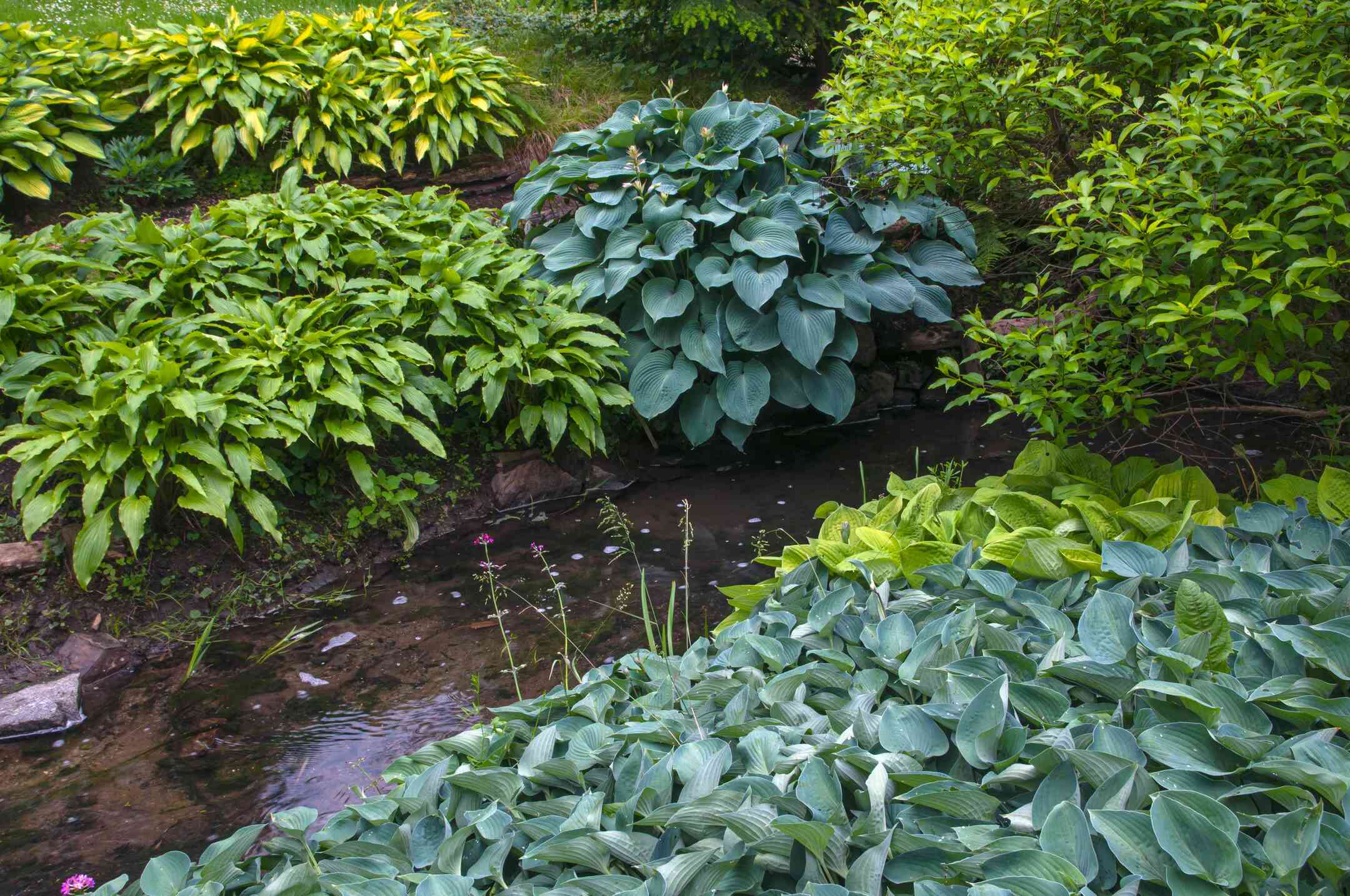

Garden Essentials
What Ground Cover Grows In Moist Soil
Modified: March 15, 2024
Looking for the perfect garden ground cover for moist soil? Discover our top recommendations for growing a lush, beautiful garden in moisture-rich conditions.
(Many of the links in this article redirect to a specific reviewed product. Your purchase of these products through affiliate links helps to generate commission for Storables.com, at no extra cost. Learn more)
Introduction
When it comes to gardening, finding the right plants for every area of your outdoor space is key to creating a lush and thriving environment. One particular challenge that many gardeners face is dealing with moist soil areas. These areas can be notoriously difficult to work with, as excess moisture can lead to root rot and other problems for traditional plants.
This is where ground cover plants come into play. Ground cover refers to low-growing plants that spread horizontally, forming a dense carpet-like cover over the soil. They not only help to control soil erosion and suppress weed growth but also add visual interest and texture to your garden.
In moist soil areas, choosing the right ground cover becomes even more important. You need plants that can tolerate wet conditions and thrive in a damp environment. In this article, we will explore the importance of ground cover in moist soil areas, discuss the factors to consider when choosing ground cover for such areas, highlight the types of ground cover that thrive in moist soil, and outline the benefits as well as the challenges of using ground cover in these environments.
By the end, you’ll have the knowledge and inspiration you need to transform your moist soil areas into thriving and beautiful spaces.
Key Takeaways:
- Ground cover plants are essential for controlling erosion, suppressing weeds, and conserving moisture in moist soil areas, creating a vibrant and diverse ecosystem while adding visual interest to your garden.
- When choosing ground cover for moist soil, consider factors like moisture tolerance, drainage, and maintenance needs. Proper care can transform moist soil areas into thriving, beautiful spaces.
Read more: What Is The Best Ground Cover For Clay Soil
Importance of Ground Cover in Moist Soil Areas
Moist soil areas pose unique challenges for gardeners. Excess moisture can lead to poor drainage, nutrient leaching, and waterlogged roots, which can be detrimental to most plant species. However, with the right ground cover, these problems can be mitigated and even turned into advantages.
One of the primary reasons why ground cover is important in moist soil areas is its ability to control soil erosion. Excessive moisture can cause soil to erode easily, leading to the loss of valuable topsoil and exposing plant roots. Ground cover plants act as a protective layer, preventing rainfall from washing away the soil and providing stability to the ground, reducing the risk of erosion.
Ground cover also plays a vital role in suppressing weed growth. Moist soil areas tend to harbor aggressive and invasive weed species that can quickly take over your garden. By planting dense and sprawling ground cover, you create a barrier that shades out weed seeds, depriving them of sunlight and inhibiting their growth. This not only reduces the need for manual weeding but also helps to maintain a clean and neat appearance in your garden.
In addition to erosion control and weed suppression, ground cover in moist soil areas provides valuable habitat and food sources for beneficial insects and wildlife. Many ground cover plants produce flowers that attract pollinators such as bees and butterflies, ensuring a healthy and diverse ecosystem in your garden. The foliage and structure of ground cover also offer refuge and nesting sites for a variety of beneficial insects, including ladybugs and lacewings, which are natural predators of garden pests.
Furthermore, ground cover helps to conserve soil moisture by reducing evaporation. The dense foliage of these plants acts as a natural mulch, shading the underlying soil and reducing water loss through evaporation. This is especially beneficial in moist soil areas, as it helps to prevent excess moisture from evaporating too quickly, allowing plants to access water as needed.
Overall, selecting and establishing the right ground cover in moist soil areas is crucial for maintaining the health and beauty of your garden. With its erosion control properties, weed suppression abilities, habitat creation, and water conservation benefits, ground cover is an essential tool for successful gardening in moist soil conditions.
Factors to Consider when Choosing Ground Cover for Moist Soil
Choosing the right ground cover for moist soil areas requires careful consideration of several factors. By selecting the appropriate plants, you can ensure their success in the specific conditions of your garden. Here are the key factors to keep in mind:
- Moisture tolerance: The most crucial factor to consider is the plant’s tolerance to moisture. Look for ground cover plants that are specifically labeled as being suitable for moist or wet conditions. These plants are adapted to handle the excess moisture in the soil and are less likely to suffer from root rot or other water-related issues.
- Drainage: Although moist soil areas have high moisture content, it is still important to assess the drainage capability of the site. Some ground cover plants prefer consistently moist soil, while others require well-drained soil to thrive. Ensure that the plant’s moisture needs align with the drainage conditions of your garden to promote healthy growth.
- Light requirements: Consider the amount of sunlight the moist soil area receives. Some ground cover plants are shade-tolerant and can grow well in partially or fully shaded areas, while others require more sunlight. Take note of the specific lighting conditions in your garden and choose ground cover plants that are compatible with those conditions.
- Height and spread: Evaluate the space available in the moist soil area and consider the plant’s height and spread. Ground cover plants should be low-growing and have a spreading or creeping habit to cover the soil effectively. Ensure that the plant’s growth habits fit the available space without overcrowding nearby plants or structures.
- Root system: Some ground cover plants have shallow root systems, while others develop deep roots. Shallow-rooted plants are suitable for areas with restricted rooting depth, such as near trees or structures, while deep-rooted plants can help with soil aeration and moisture absorption. Consider the existing plants and structures nearby to choose ground cover plants with compatible root systems.
- Maintenance requirements: Take into account the maintenance needs of the ground cover plants. Some species may require regular pruning or division to control their growth and prevent them from becoming invasive. Consider the time and effort you are willing to invest in the maintenance of the ground cover plants to choose ones that match your gardening preferences.
By considering these factors, you can select ground cover plants that are well-suited to your moist soil area and ensure their long-term success in your garden. Don’t be afraid to consult with local gardening experts or nursery professionals who can provide guidance based on your specific climate and soil conditions.
Types of Ground Cover that Thrive in Moist Soil
When it comes to selecting ground cover plants for moist soil areas, there is a wide variety of options to choose from. These plants have unique adaptations that enable them to thrive in damp conditions while providing beauty and functionality to your garden. Here are some popular types of ground cover that are well-suited to moist soil environments:
- Hosta: Known for their striking foliage, hostas are excellent ground cover plants for shady moist soil areas. They come in a range of sizes and colors, offering a beautiful carpet of leaves that can tolerate a variety of moisture conditions.
- Astilbe: With their fern-like foliage and stunning flower spikes, astilbes are ideal for moist soil areas with partial shade. They thrive in consistently moist soil and provide a burst of color with their vibrant blooms.
- Ligularia: Ligularia is a moisture-loving ground cover that adds a dramatic touch to your garden. Its large, rounded leaves and tall flower spikes create a bold and unique visual presence in moist soil areas with partial shade.
- Creeping Jenny: Creeping Jenny, or Lysimachia nummularia, is an excellent choice for moist soil areas that receive partial to full sun. Its trailing habit and yellow-green foliage create a vibrant ground cover that can quickly spread and fill in empty spaces.
- Heuchera: Heuchera, also known as coral bells, offers both attractive foliage and delicate flowers. These plants are adaptable to moist soil conditions and come in a range of colors, making them a versatile choice for adding texture and color to your garden.
- Ajuga: Ajuga, or bugleweed, is a low-growing ground cover that spreads rapidly, making it an excellent option for filling in large areas. It thrives in moist soil and produces beautiful spikes of blue or purple flowers in the spring.
- Japanese forest grass: Hakonechloa macra, commonly known as Japanese forest grass, is a graceful and vibrant ground cover that prefers moist soil with partial shade. Its cascading foliage adds movement and texture to your garden, creating a soothing and serene atmosphere.
- Carex: Carex, or sedge, is a versatile ground cover that comes in a wide range of sizes and colors. Many varieties of carex can tolerate moist soil conditions and provide year-round interest with their ornamental grass-like foliage.
These are just a few examples of ground cover plants that thrive in moist soil areas. Each of these plants adds its own unique charm and characteristics to your garden while helping to control erosion, suppress weeds, and create a visually appealing landscape. Before selecting the specific ground cover plants for your moist soil area, be sure to consider the factors discussed earlier and research the specific care requirements for each plant to ensure their success in your garden.
Consider planting ground covers such as creeping Jenny, sweet woodruff, or foamflower in moist soil. These plants thrive in damp conditions and help prevent erosion.
Benefits of Using Ground Cover in Moist Soil Areas
Using ground cover in moist soil areas offers numerous benefits beyond just the aesthetic appeal. These plants serve as versatile and functional additions to your garden, providing a range of advantages that contribute to the overall health and sustainability of your outdoor space. Here are some benefits of using ground cover in moist soil areas:
- Erosion control: Ground cover plants play a crucial role in controlling soil erosion. Their dense and spreading growth habit helps to stabilize the soil, preventing it from being washed away by heavy rains. By covering the bare ground, ground cover plants minimize soil runoff and protect the underlying soil structure, preserving its fertility.
- Weed suppression: Moist soil areas can be susceptible to weed growth, which can compete with your desired plants for resources. Ground cover plants act as a natural weed suppressant by shading the soil surface, making it difficult for weed seeds to germinate and establish. Their dense growth also prevents weed growth by limiting the available space and resources for unwanted plants to thrive.
- Moisture conservation: Ground cover plants help to conserve moisture in moist soil areas. Their dense foliage acts as a natural mulch, shading the soil and reducing evaporation. This helps to retain moisture in the soil, allowing plants to access it during dry periods and reducing the need for frequent watering.
- Soil improvement: Many ground cover plants have deep roots that penetrate the soil, improving its structure and fertility. These deep-rooted plants can help to break up compacted soil, enhancing aeration and water infiltration. Additionally, as ground cover plants grow and shed leaves, they contribute organic matter to the soil, enriching its nutrient content over time.
- Biodiversity promotion: Ground cover plants provide habitat and food sources for a variety of beneficial insects, birds, and other wildlife. Their flowers attract pollinators such as bees and butterflies, contributing to the health of your garden ecosystem. The foliage and structure of ground cover plants also offer shelter and nesting sites for beneficial insects, including predatory species that help control garden pests.
- Visual appeal: Apart from their functional benefits, ground cover plants add beauty and visual interest to your garden. They provide a lush carpet of foliage, adding texture, color, and depth to the landscape. With the wide variety of ground cover plants available, you can choose species that complement your existing garden design and create a harmonious and cohesive look.
- Low maintenance: Many ground cover plants are low maintenance, requiring minimal care once established. They typically have a compact growth habit that reduces the need for regular pruning or trimming. Once these plants cover the soil, they also help to suppress weed growth, minimizing the need for manual weeding.
By utilizing ground cover in moist soil areas, you can harness these benefits and create a thriving and visually appealing garden space. These plants not only alleviate the challenges of managing moist soil but also contribute to the overall health and sustainability of your garden ecosystem.
Read more: How To Grow Rye For Ground Cover
Challenges and Considerations for Maintaining Ground Cover in Moist Soil
While ground cover plants offer numerous benefits in moist soil areas, there are also some challenges and considerations to keep in mind when it comes to their maintenance. Understanding these factors will help you ensure the long-term success and health of your ground cover plants. Here are some key challenges and considerations for maintaining ground cover in moist soil:
- Overwatering: Moist soil areas already have high moisture content, so it’s important to avoid overwatering the ground cover plants. Excessively wet soil can lead to root rot and other water-related issues. Monitor the moisture levels in the soil and adjust your watering accordingly to strike a balance between moist but not waterlogged conditions.
- Proper drainage: While ground cover plants in moist soil areas need ample moisture, they also require proper drainage. Ensure that the soil has adequate drainage to prevent water from pooling around the plant’s roots, as this can suffocate them. Consider improving drainage by incorporating organic matter or using raised beds to create a more favorable growing environment.
- Weed control: While ground cover plants suppress weed growth to some extent, it’s important to stay vigilant and manage weeds that may still emerge. Regularly inspect the area and remove any weeds that appear, as they can compete with the ground cover plants for nutrients and water. Applying a layer of mulch or weed barrier can further help to keep weeds at bay.
- Spacing and growth management: Ground cover plants can spread rapidly in moist soil, which may necessitate regular monitoring and spacing adjustments. Some species can become invasive if not properly managed. Regularly thin out overcrowded areas and consider utilizing barriers or edging to prevent the ground cover from encroaching on other plants or creeping into unwanted areas of the garden.
- Pruning and maintenance: While many ground cover plants are low maintenance, some may benefit from occasional pruning to maintain their overall health and appearance. Remove any dead or diseased foliage, and trim back excessive growth if necessary. However, be cautious not to prune too heavily, as this can weaken the plant and hinder its ability to spread and cover the soil effectively.
- Pest and disease management: Like any other plants, ground cover species in moist soil areas can be susceptible to pests and diseases. Monitor the plants regularly for signs of infestation or disease, and take appropriate action if necessary. This may include implementing organic pest control methods or consulting with a professional for guidance on specific issues.
- Plant selection: Choosing the right ground cover plants for your specific moist soil area is crucial for their long-term maintenance. Consider factors such as moisture tolerance, light requirements, and growth habits when selecting plants. Ensuring that the plants are well-suited to the specific conditions of your garden will minimize potential problems and make maintenance easier.
By considering these challenges and taking the necessary precautions, you can effectively maintain and care for your ground cover plants in moist soil areas. Regular observation, proper watering, occasional pruning, and timely pest and disease management will help ensure that your ground cover flourishes and provides all the desired benefits to your garden.
Conclusion
Ground cover plants play a crucial role in transforming moist soil areas into thriving and beautiful spaces in your garden. By carefully selecting the right plants, considering factors such as moisture tolerance, drainage, light requirements, and maintenance needs, you can leverage the numerous benefits that ground cover provides.
Ground cover plants are essential for controlling soil erosion, suppressing weed growth, conserving moisture, and improving soil health. They create a diverse and vibrant ecosystem, attracting beneficial insects and wildlife while adding visual interest and texture to your garden.
However, it’s important to be mindful of the challenges and considerations that come with maintaining ground cover in moist soil areas. Avoid overwatering, ensure proper drainage, manage weed growth, and monitor spacing and growth to prevent overcrowding. Regular pruning and pest and disease management are also essential for the health and longevity of ground cover plants.
By understanding these factors and taking the necessary precautions, you can successfully establish and maintain ground cover plants in your moist soil areas. Enjoy the beauty and functionality of a lush ground cover carpet that not only enhances the aesthetics of your garden but also contributes to its overall health and sustainability.
Embrace the versatility and benefits that ground cover provides, and watch as your moist soil areas are transformed into thriving, vibrant spaces that bring joy to both you and your garden visitors.
Frequently Asked Questions about What Ground Cover Grows In Moist Soil
Was this page helpful?
At Storables.com, we guarantee accurate and reliable information. Our content, validated by Expert Board Contributors, is crafted following stringent Editorial Policies. We're committed to providing you with well-researched, expert-backed insights for all your informational needs.
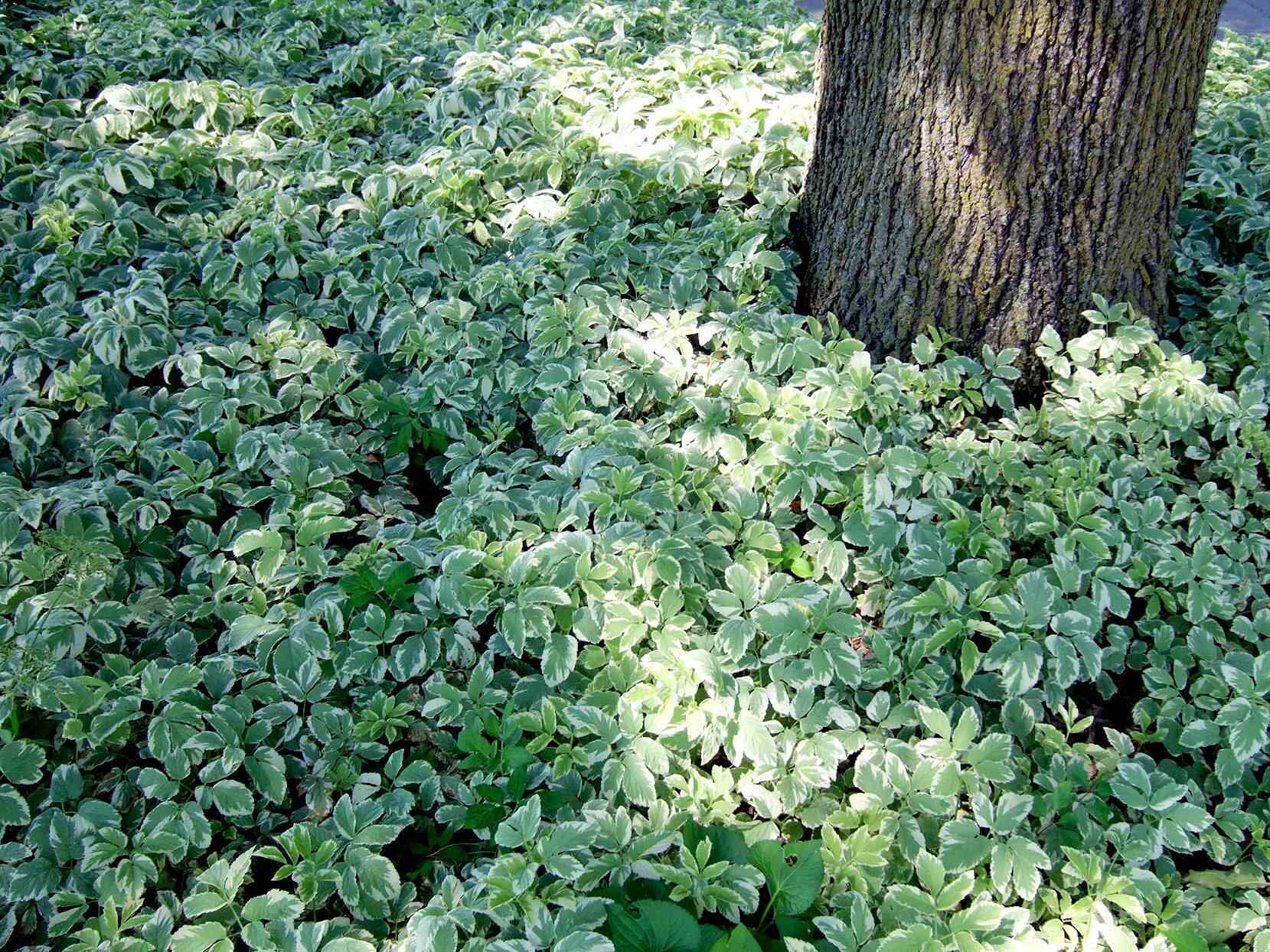
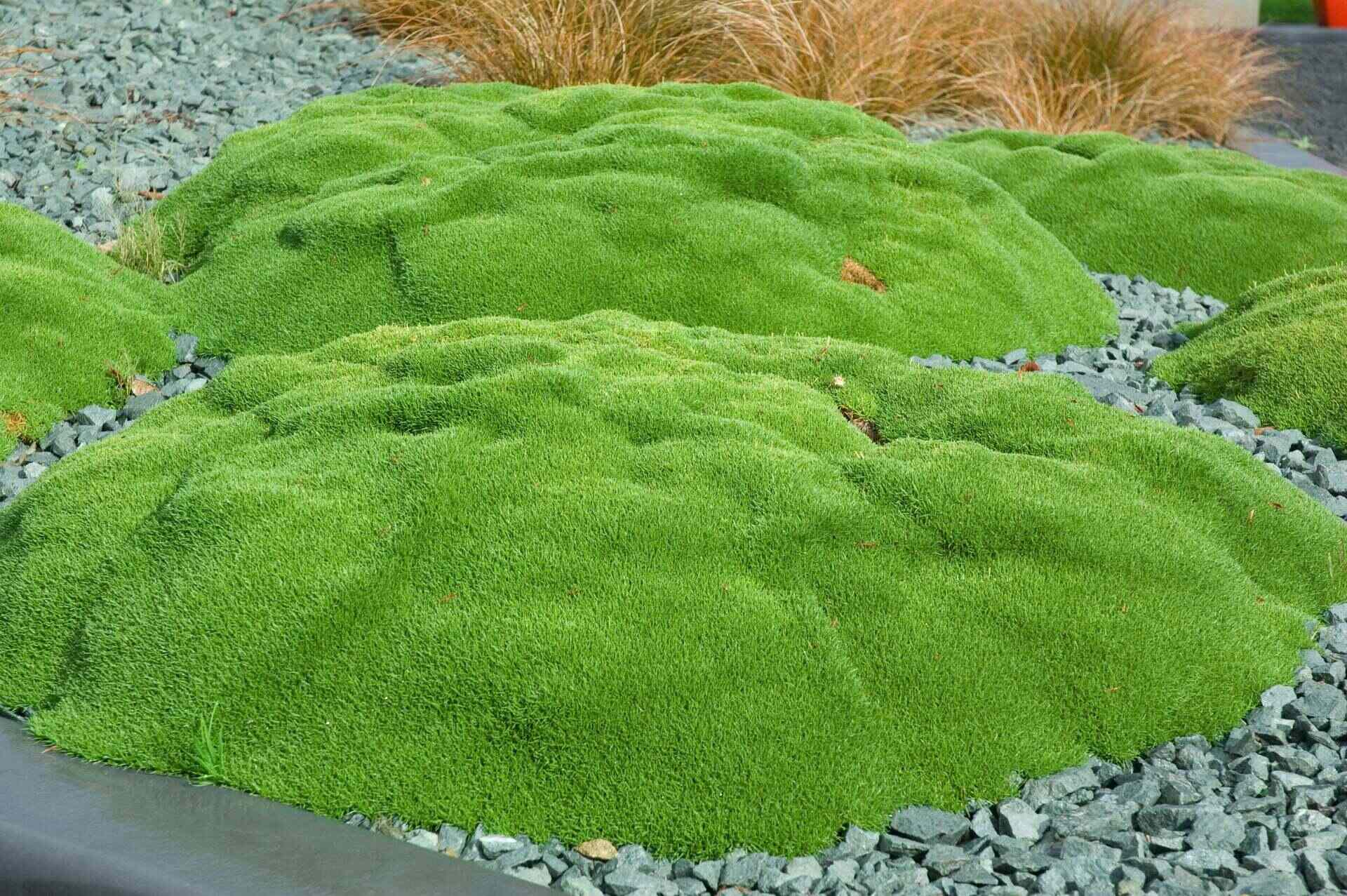
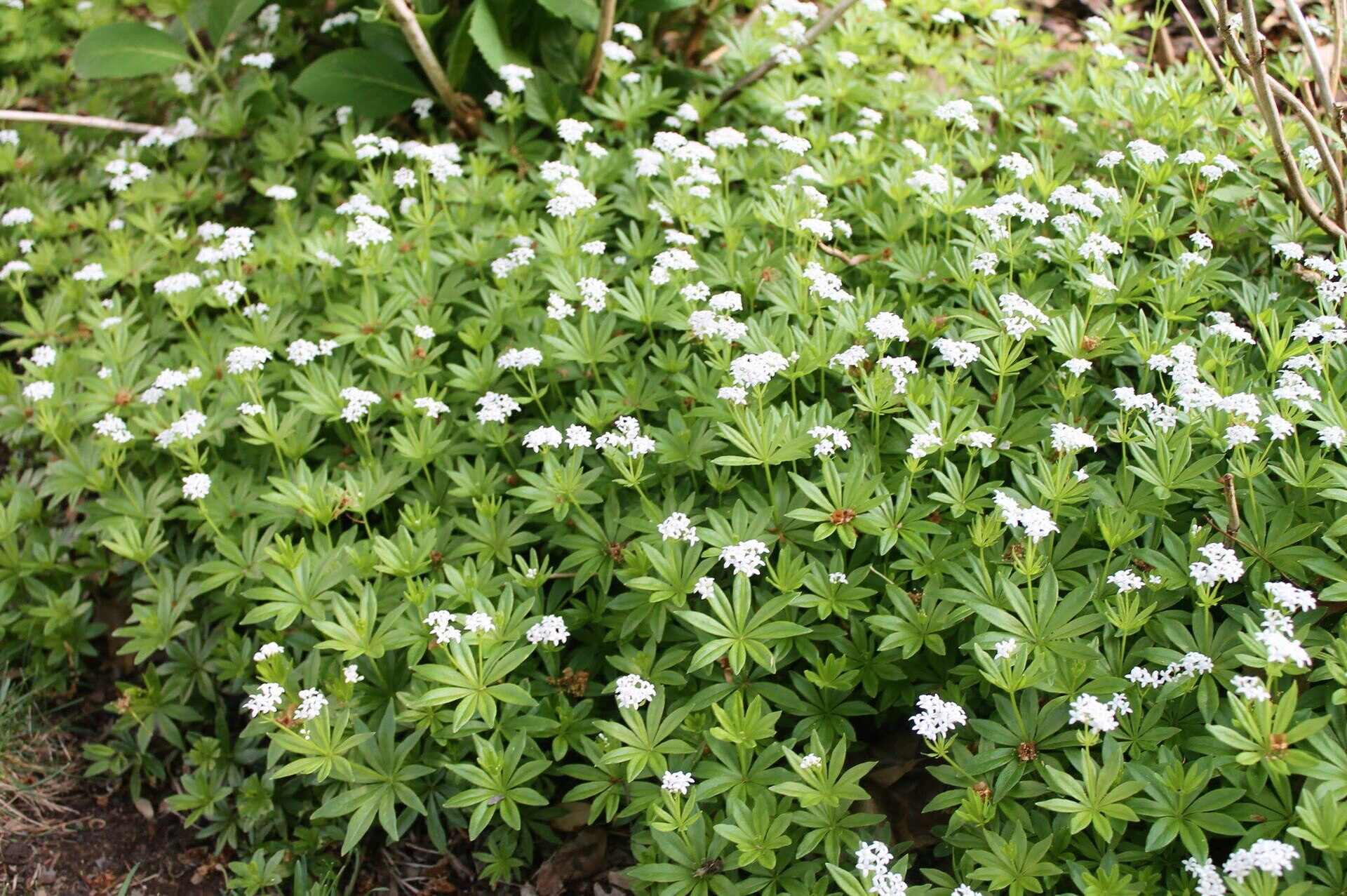
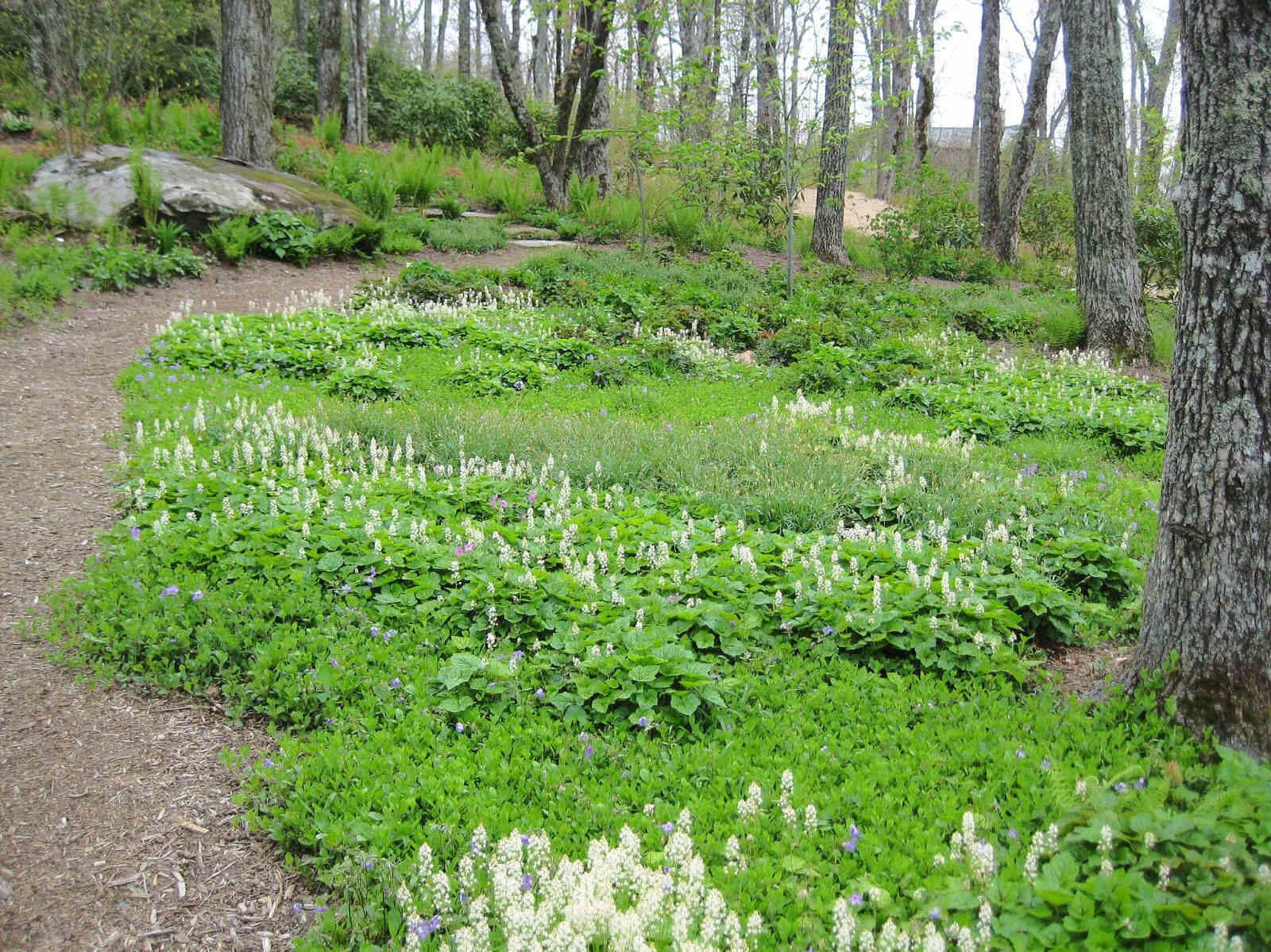
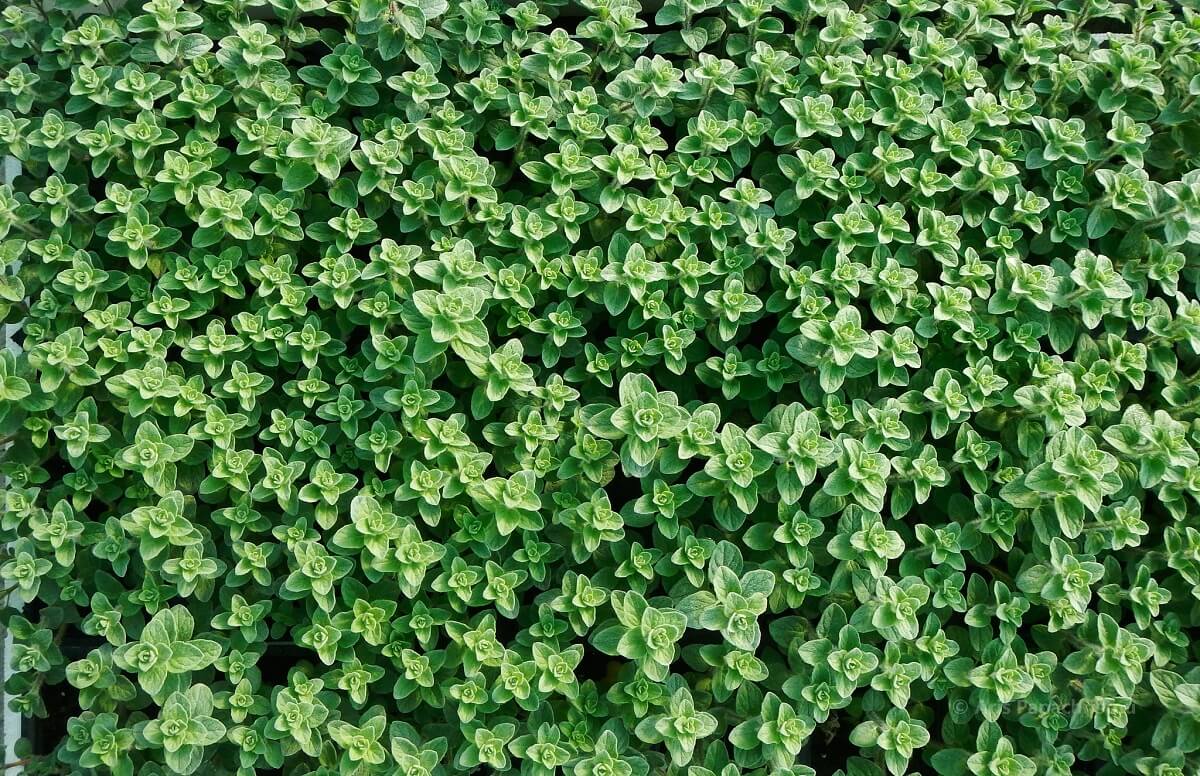
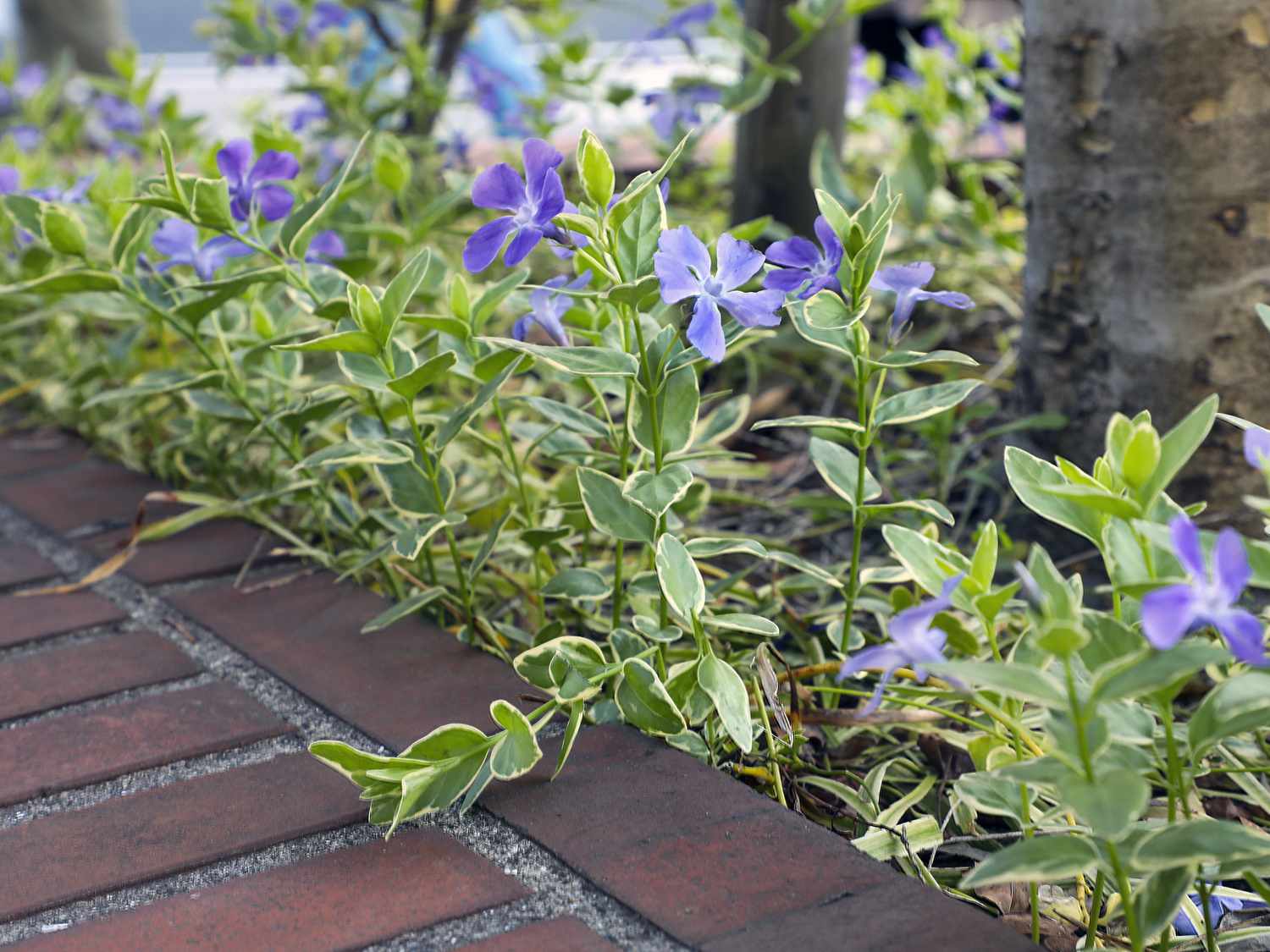
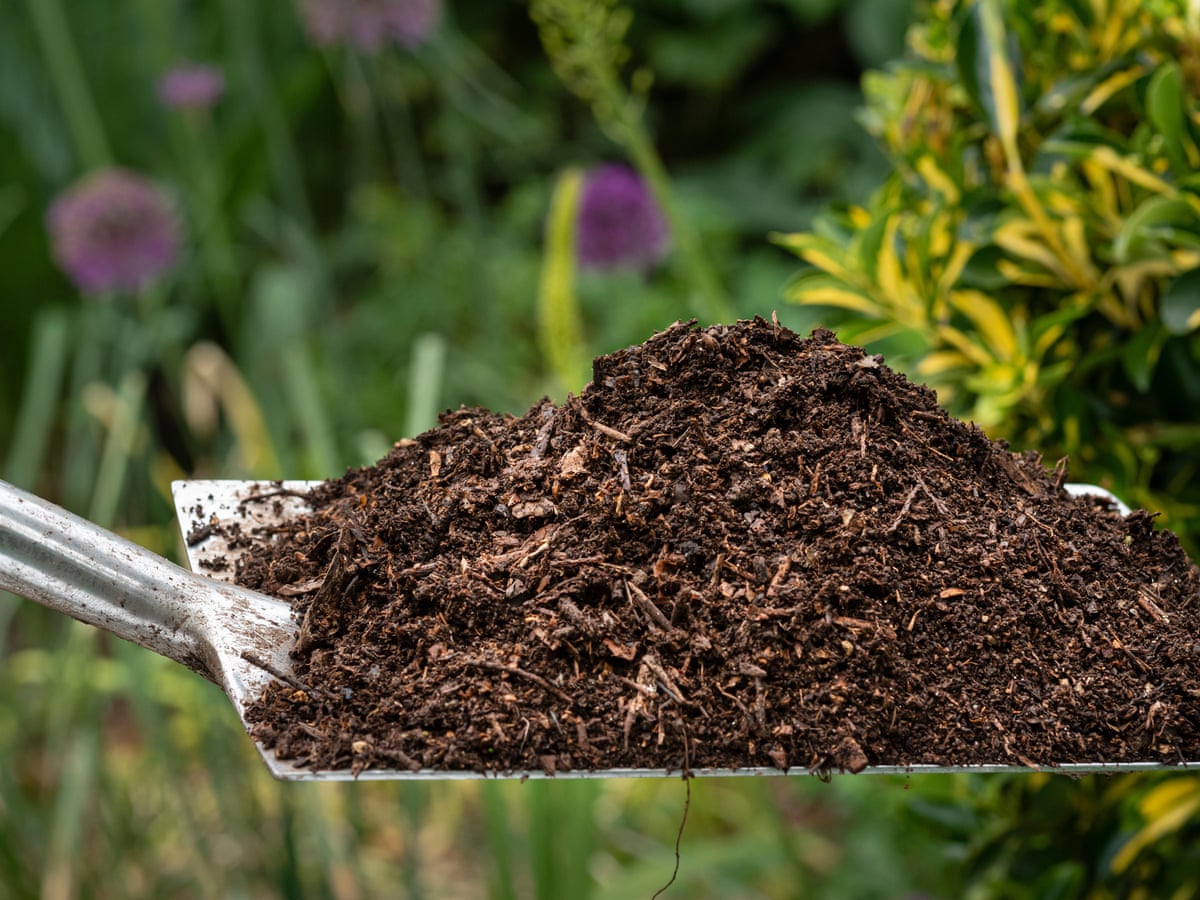
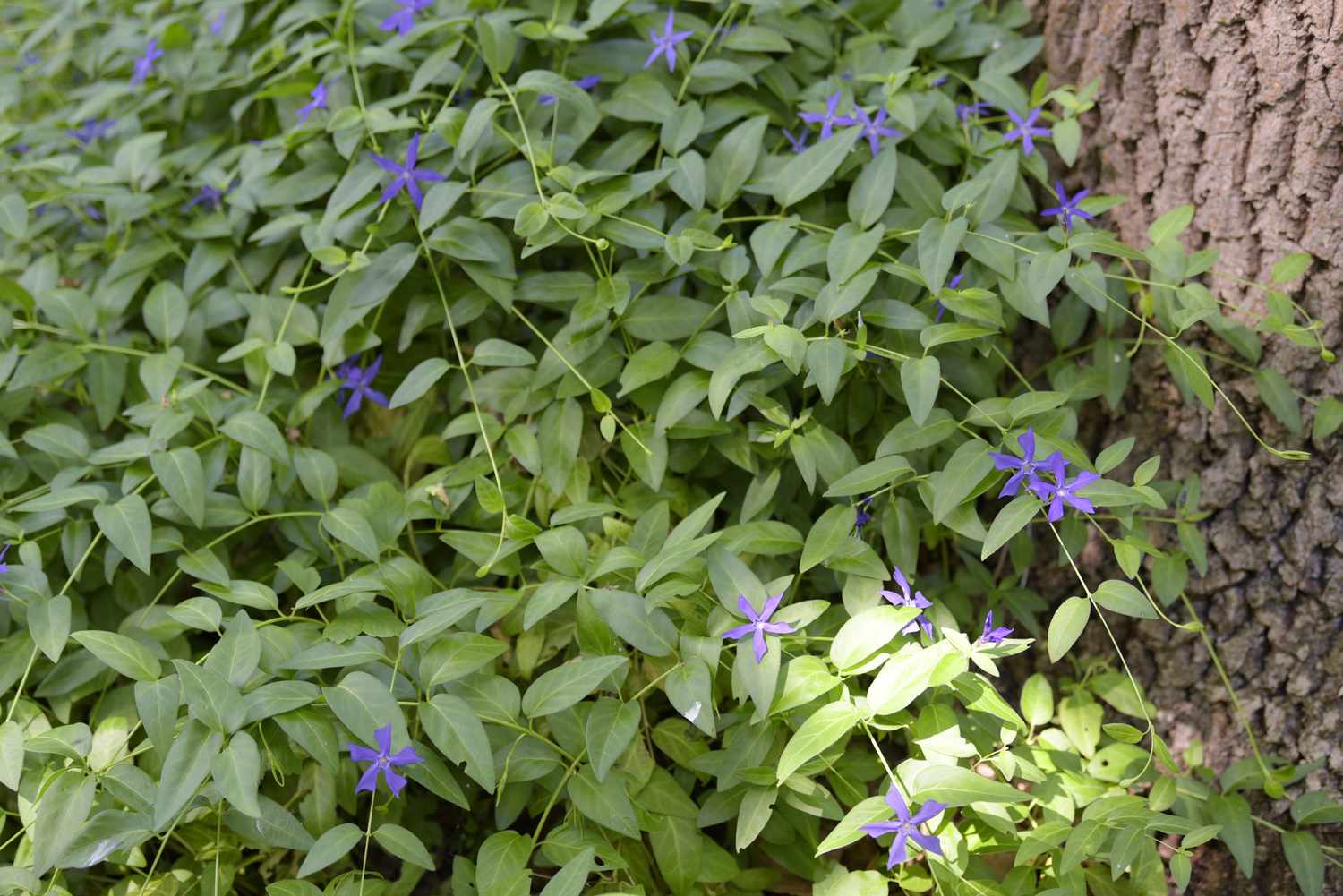
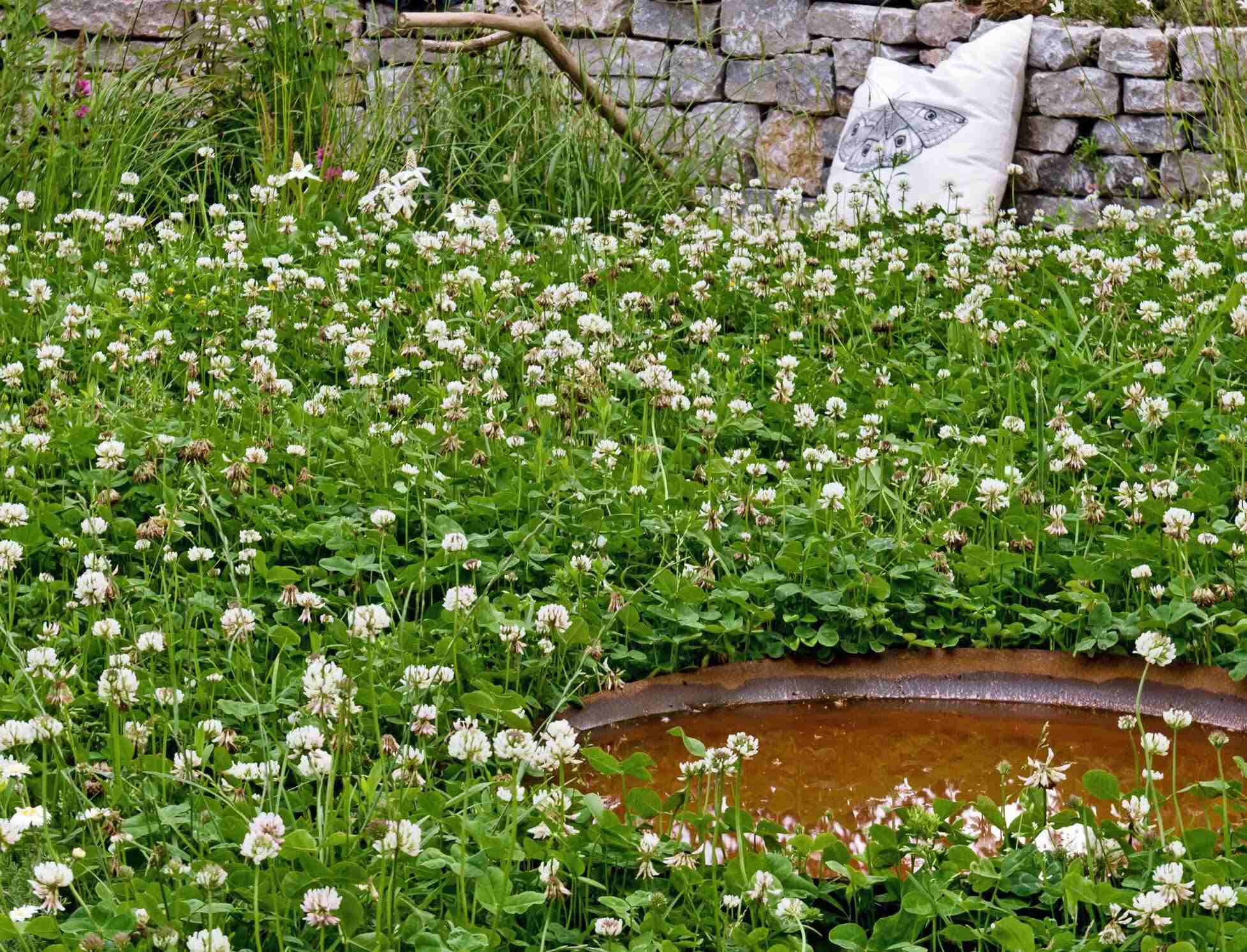
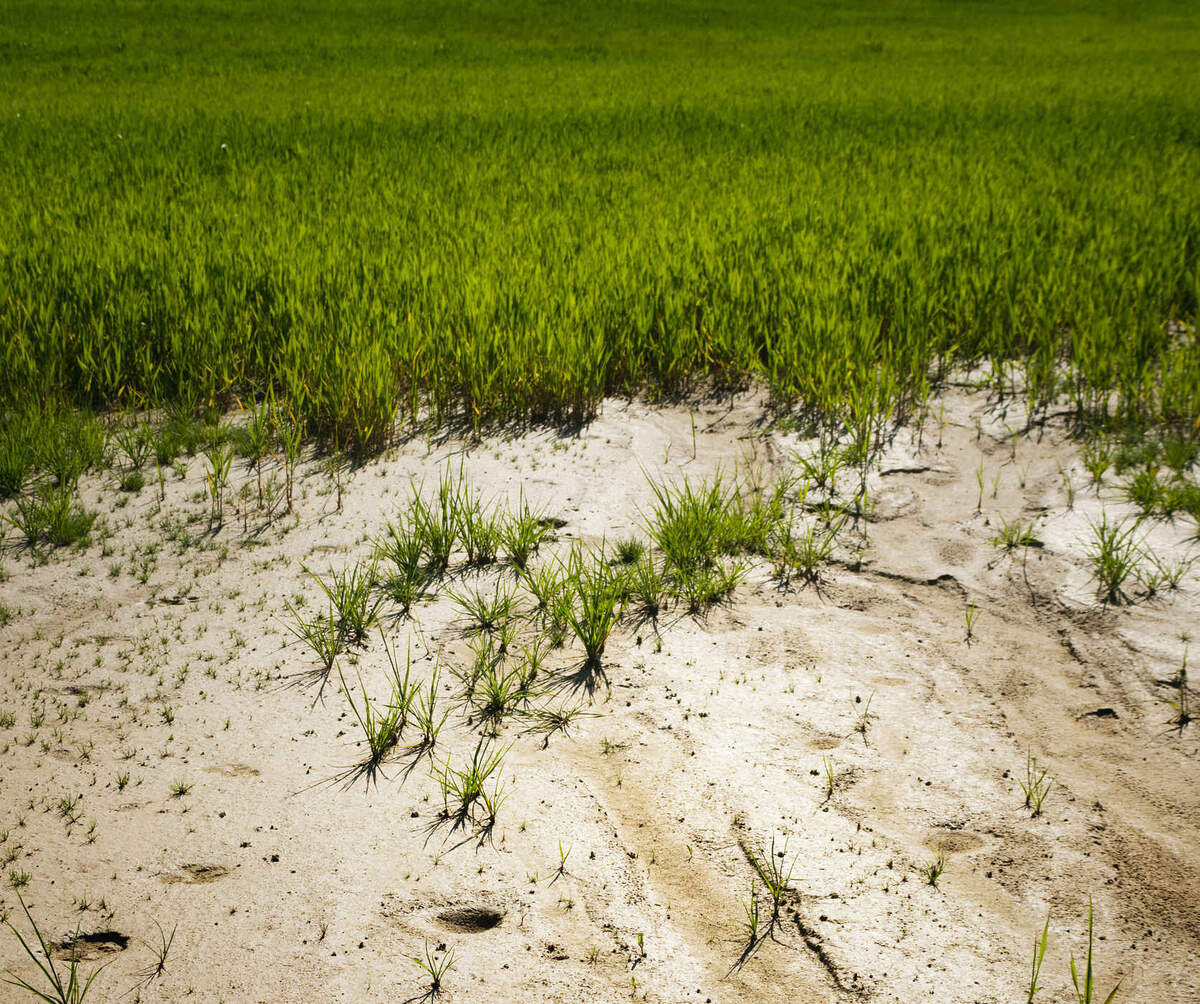
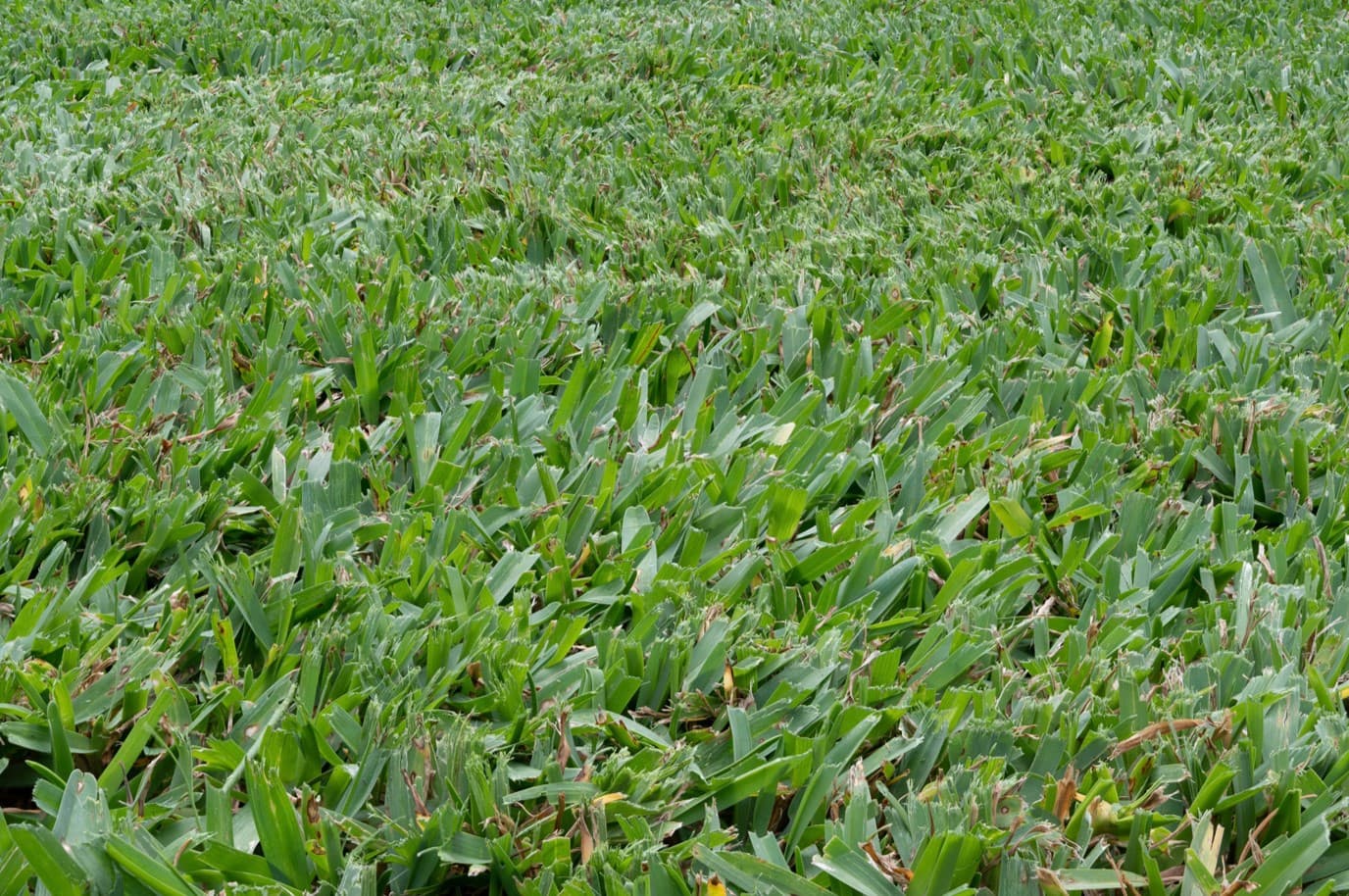

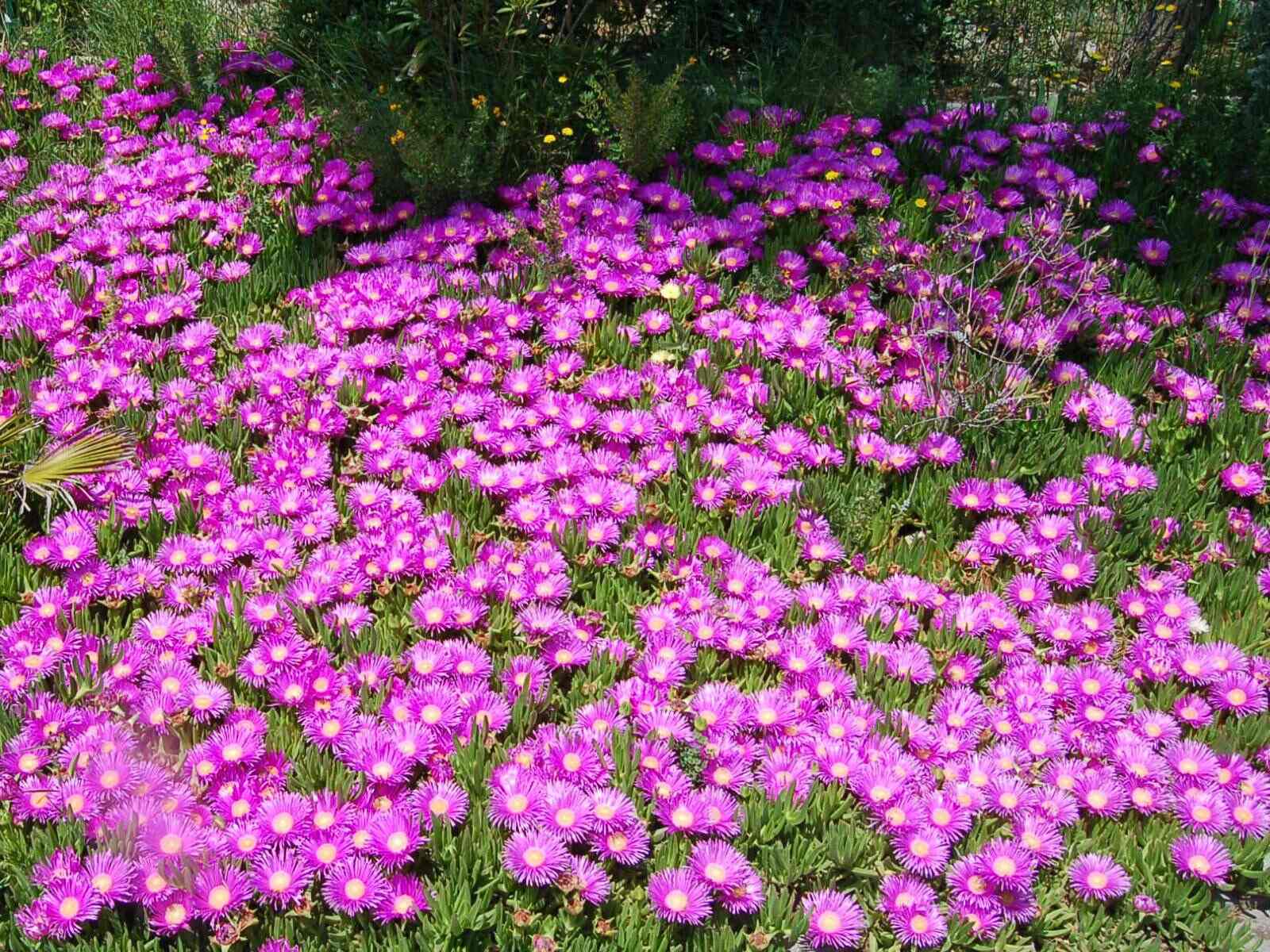
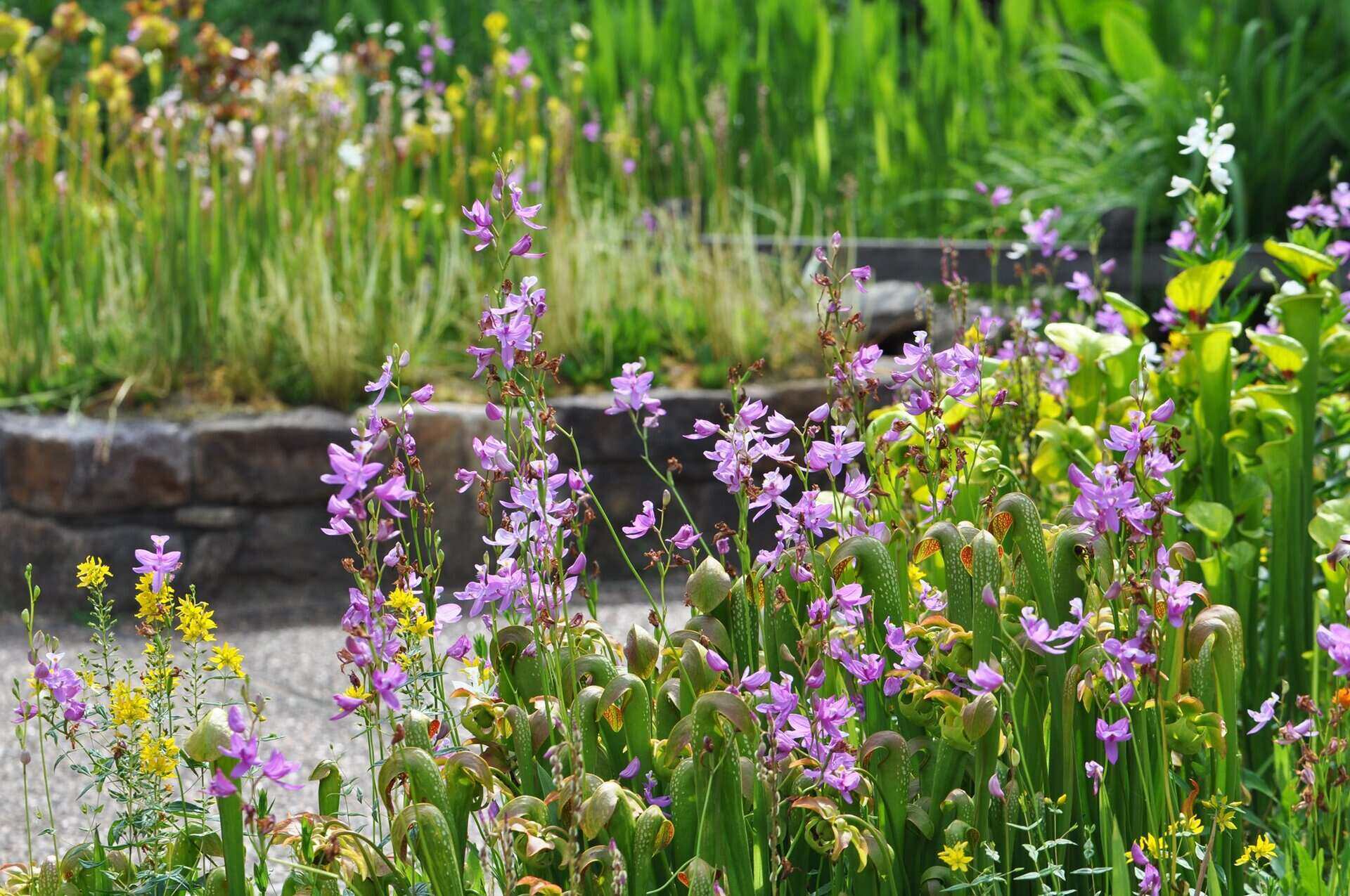

0 thoughts on “What Ground Cover Grows In Moist Soil”